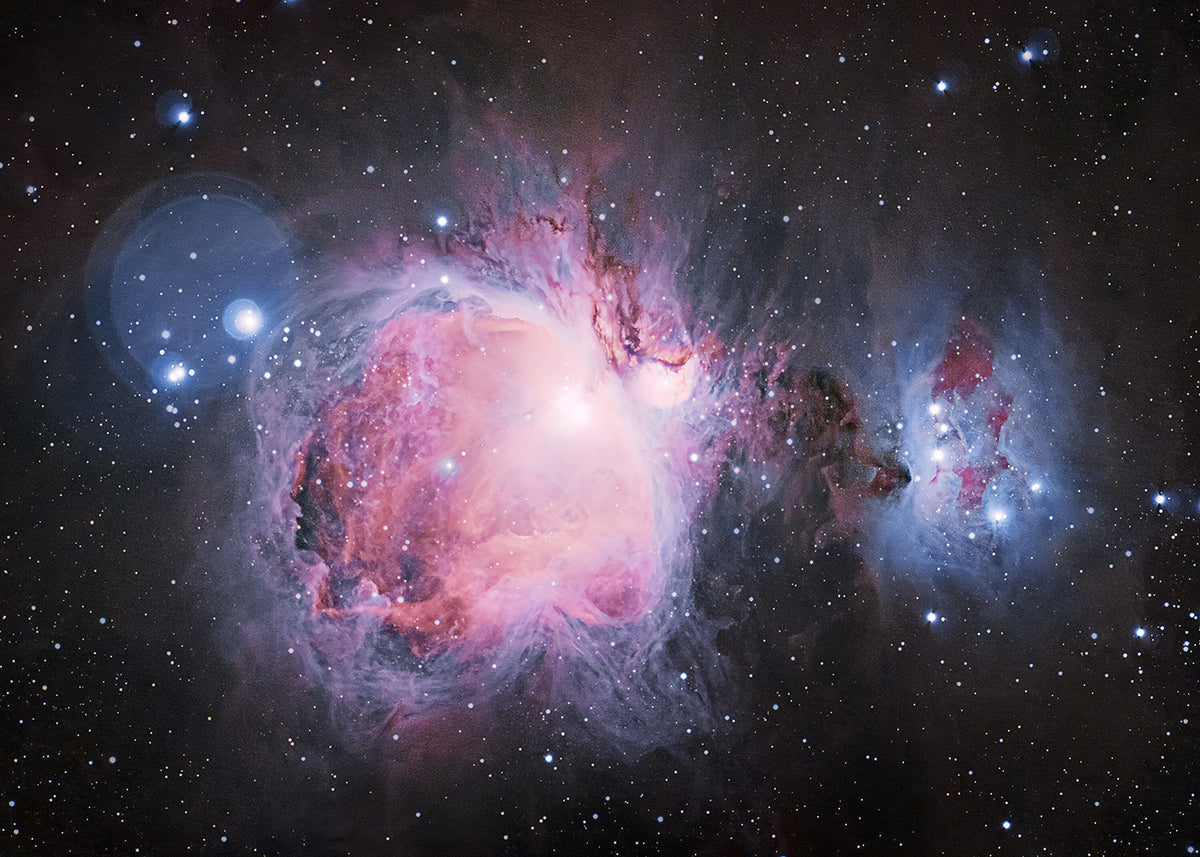
Photography in Iceland: Volcanic Eruption and Northern Lights
When the Fagradalsfjall volcano erupted in March 2021, we were able to witness up close the dramatic primordial violence that has shaped our planet. The local location and accessibility of the volcano allowed people to visit the eruption site and marvel at and document the sheer power and wonder of our planet. When Stefan Liebermann saw the pictures in Germany, he knew he had to go and see the eruption with his own eyes.
The original article is at: https://www.sony.de/alphauniverse/stories/shooting-iceland-with-the-sony-alpha-7c to find.

Traveling abroad in the middle of the Covid-19 pandemic came with some obstacles. "When we arrived, we had to quarantine for five days," says Stefan, "but then when we were able to photograph the outbreak, wow, that was crazy!"
Stefan arrived when the first fissure of the eruption was active, but with the opening of the second fissure, access to the area became difficult due to the increasing danger.

"Entering the area was absolutely forbidden," says Stefan. "No one was there and the police told people to stay away. Luckily, my boyfriend and I had German press cards. We talked to the police and they allowed us to take pictures, but at our own risk."

Usually, Stefan tends to photograph landscapes and space with his Sony α7R III and his α7 III, but for this adventure in Iceland he chose the Sony α7C. It's the smallest full-frame mirrorless camera with the same 24.2-megapixel sensor as the Sony α7 III.

Stefan chose his FE 16-35mm f/2.8 G Master and 135mm f/1.8 G Master lenses for this trip to Iceland. With the super wide-angle lens, Stefan was able to capture the vastness of any landscape, especially when taking astrophotographs of the Northern Lights. The long focal length also makes the foreground clear, providing extra depth and breadth while giving the viewer the feeling of being there.

"Apart from two Italian scientists who were taking measurements, no one was at the second column," he recalls. "They had all this safety equipment and we didn't have anything."
"I didn't realize it at the time, but I had slight burns on my face due to the heat of the lava, and after a day of shooting, the lens hood of my FE 16-35mm f/2.8 G Master lens had started to deform and melt in the heat. But despite these extreme conditions, the performance of the camera and lenses was perfect!"

Similarly, in another Iceland image, Stefan uses a simple bird flying through the scene to represent the size of the Skógafoss waterfall.

Photographing in Iceland, especially when he was able to capture an active volcano, filled Stefan with amazement. "It was exciting, I felt like a child," he says with a laugh. "As professional photographers, we may be too used to photographing the same things over and over again, but this was something completely new. I photographed many hundreds of different images, all from different angles, trying to capture the perfect image to capture this spectacular landscape.


Leave a Comment
Comments will be approved prior to publication.
View full article

My Recording Technique | Deep Sky

What's In My Bag: A Sony Alpha Kit for Fascinating Astro Landscapes and More


Stefan Liebermann
Author